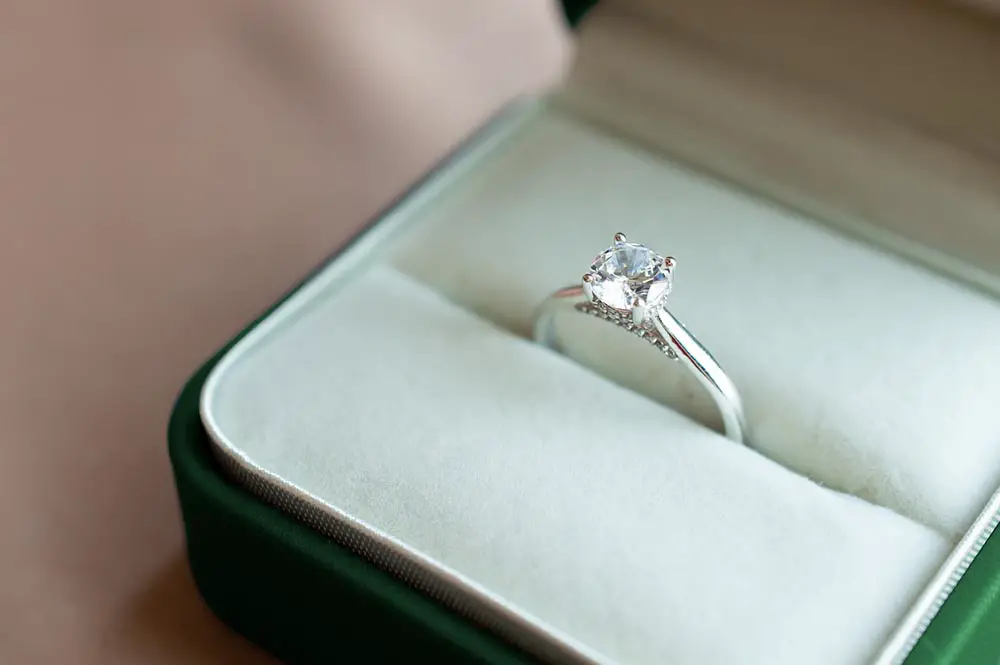Wedding rings hold a profound significance in the institution of marriage, symbolizing the eternal bond between partners. These timeless symbols of love and commitment have been cherished across cultures and centuries, representing the promise of a lifelong journey together. From their historical origins to their modern-day significance, it encompass a rich tapestry of tradition, symbolism, and personal expression.
Historically, the tradition of exchanging rings dates back thousands of years, with evidence of ancient civilizations such as the Egyptians, Greeks, and Romans using rings as symbols of betrothal and marriage. These early rings were often crafted from simple materials like hemp, leather, or bone, symbolizing the enduring nature of the marital bond. Over time, the tradition evolved, and rings became more elaborate, incorporating precious metals and gemstones to signify the importance of the union.
In many cultures, the wedding ring is worn on the fourth finger of the left hand, known as the “ring finger.” This tradition can be traced back to ancient beliefs that a vein, called the “vena amoris” or the “vein of love,” ran directly from this finger to the heart. While this anatomical theory has been debunked, the tradition of wearing it on the ring finger persists as a romantic symbol of love and commitment.
Wedding rings come in a variety of styles and designs, allowing couples to choose a ring that reflects their individual tastes and preferences. Traditional wedding bands are simple, unadorned rings made from precious metals such as gold, platinum, or silver. These classic bands symbolize the unbroken circle of love and commitment, with no beginning or end.

In recent years, there has been a growing trend towards personalized and unique wedding rings that reflect the personality and style of the couple. From engraved bands with meaningful messages to custom-designed rings featuring intricate patterns and motifs, couples are increasingly seeking out rings that are as unique and special as their love.
One popular trend in wedding rings is the use of alternative metals such as titanium, tungsten, or cobalt. These metals offer durability and strength, making them ideal for individuals with active lifestyles or demanding professions. Additionally, alternative metal rings often feature modern designs and finishes, appealing to couples looking for a contemporary twist on the traditional women and mens wedding bands.
Another trend is the incorporation of gemstones or diamonds into the design. While diamonds are the most popular choice for engagement rings, they are also commonly used in the bands to add sparkle and brilliance. Gemstones such as sapphires, rubies, or emeralds are also popular choices, symbolizing qualities such as love, passion, and prosperity.
In addition to their aesthetic appeal, these rings carry deep symbolic meaning. The circular shape of the ring symbolizes eternity, with no beginning or end, representing the everlasting nature of love and commitment. The exchange of rings during the wedding ceremony is a powerful ritual that signifies the union of two individuals into a single, unified partnership.
Beyond their symbolism, wedding rings serve as tangible reminders of the vows exchanged between partners on their wedding day. Wearing the ring is a daily affirmation of the promises made to love, honor, and cherish one another for a lifetime. It is a symbol of unity and devotion that transcends time and space, connecting couples across generations and cultures.
In conclusion, women’s wedding rings are more than just pieces of jewelry; they are symbols of love, commitment, and partnership. From their historical origins to their modern-day significance, it encompass a rich tradition that celebrates the eternal bond between two individuals. Whether simple and traditional or personalized and unique, it serve as enduring symbols of the love that unites couples on their journey through life together.
##





